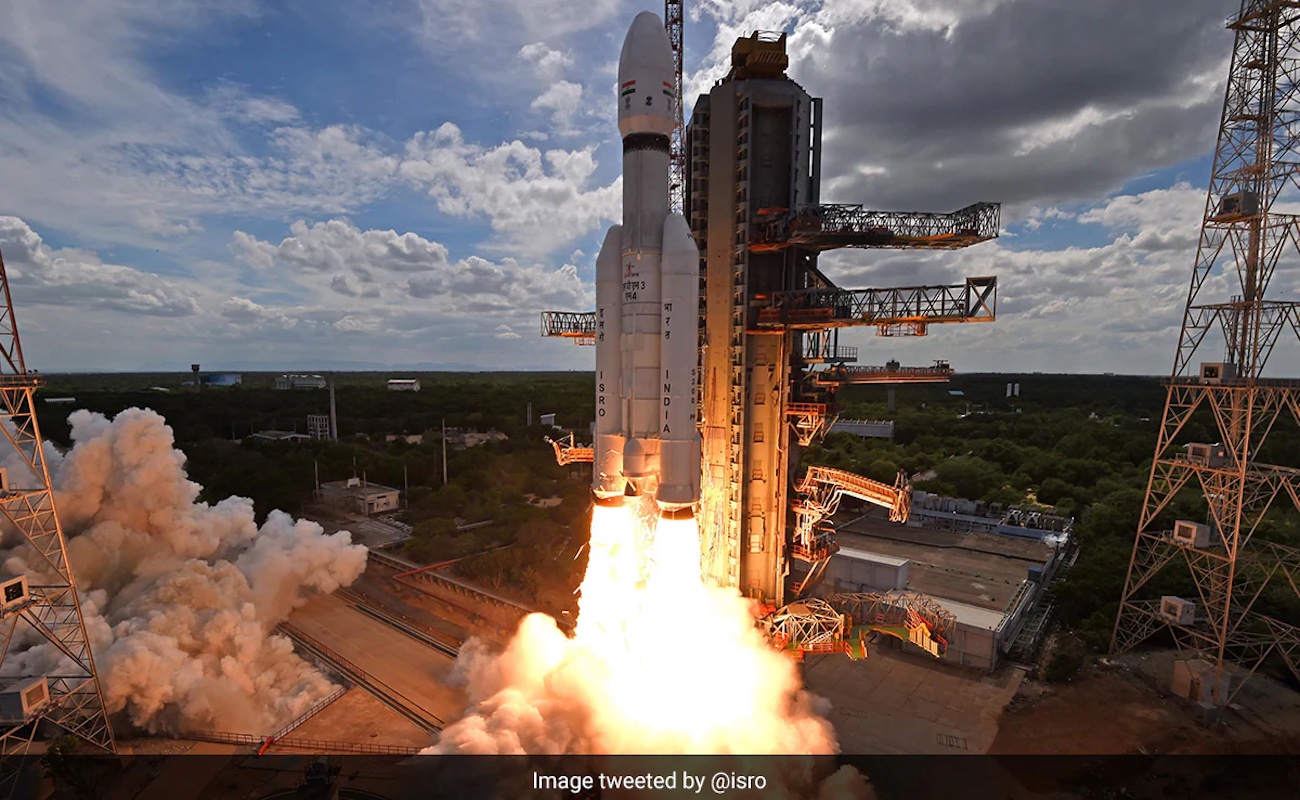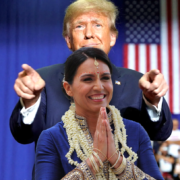From the U.S. to Europe to Pakistan, World Wide Praise for India Becoming First Nation to Land Spacecraft Near Moon’s South Pole
- The success of the nation’s third lunar exploration mission under the Indian Space Research Organization's Chandrayaan program, makes it only the fourth country to achieve the milestone after the U.S., Russia, and China.

India became the first nation to land a spacecraft near the south pole of the moon yesterday, as the moon rover of Chandrayaan-3 exited the spacecraft to begin exploring the surface of the lunar south pole and conducting experiments. The success of the nation’s third lunar exploration mission under the Indian Space Research Organization’s Chandrayaan program, makes it only the fourth country to achieve the milestone after the U.S., Russia, and China. The landing instantly became an immense source of national and international pride, signifying India’s prowess in launching the high-quality moon mission. Around 54 female engineers/scientists worked directly on the Chandrayaan-3 mission
The next time someone calls " Saree " a regressive attire, …..show them this one. Our Women Scientists.♥️#Chandrayaan3Success #Chandrayaan3Landing #womenscientists #Chandrayaan3 #Chandrayaan_3 #VikramLander #ISRO #MoonLanding #ProudMoment #PragyanRover #IndiaOnTheMoon #ISRO pic.twitter.com/MuKKJRfbVJ
— Muskan Sharma (@muskansd98) August 24, 2023
Prayers were held across India ahead of the momentous landing. As soon as the landing was confirmed, the Mission Operations Complex (MOX) at ISRO erupted in cheers, handshakes and smiles, “erasing the disappointment of a failed attempt to land a spacecraft on the moon in 2019,” The Economic Times reported. More than eight million people are believed to have tuned in to witness the soft landing of Chandrayaan 3 on ISRO’s official YouTube channel, “the highest-ever live viewership on a YouTube channel stream,” the business-focused daily newspaper added.
The first image of the Moon's surface from Chandrayaan-3 pic.twitter.com/lZUrulH0yv
— Latest in space (@latestinspace) August 24, 2023
An ISRO official told BBC that the Vikram lander and the rover are carrying five scientific instruments which will help discover the physical characteristics of the surface of the Moon, the atmosphere close to the surface and the tectonic activity to study what goes on below the surface. The rover is carrying an Indian flag and its wheels also have ISRO’s logo and emblem embossed on them so that they leave imprints on the lunar soil during the Moon walk.
The first image of the Moon's surface from Chandrayaan-3 pic.twitter.com/lZUrulH0yv
— Latest in space (@latestinspace) August 24, 2023
Vice President Kamala Harris congratulated India for “the historic landing.” Calling it “an incredible feat for all the scientists and engineers involved,” she said the U.S. is “proud to partner with you on this mission and space exploration more broadly.” The State Department’s Bureau of Oceans and International Environmental and Scientific Affairs said the mission’s success “will power the “imagination” of people in the future.” US National Security Advisor Jake Sullivan also praised what he called a “historic landing”.
Congratulations to India for the historic landing of Chandrayaan-3 on the southern polar region of the moon. It’s an incredible feat for all the scientists and engineers involved. We are proud to partner with you on this mission and space exploration more broadly.
— Vice President Kamala Harris (@VP) August 23, 2023
The historic event made headlines across the globe as well, with several prominent newspapers and news agencies lauding the landing. The Associated Press said the mission is the “eagerness” of the Narendra Modi government “to showcase technology and space powerhouse.” Axios said the event “vaults India into a league with just a handful of other space agencies that have accomplished the hard feat of landing on the lunar surface.” The south pole, in particular, is thought to be rich in water ice, “which might be ideal to convert into rocket fuel, allowing access to deeper space destinations like Mars and beyond,” the website added.
“The Chandrayaan-3 mission makes India the first country to reach the lunar south polar region in one piece and adds to the achievements of the country’s homegrown space program,” The New York Times reported. An interactive report in the daily headlined “Racing to land, or crash, on the Moon”, recollected all the lunar mission crashes over the last few decades. It also ran a live blog which gave updates from the mission centre in Andhra Pradesh’s Sriharikota.
The Washington Post covered the landing extensively as well. Calling it “a marvelous achievement for India’s space program,” The Post wrote a couple of stories covering various perspectives and an opinion piece to celebrate this historic occasion which is “a symbolic of an important moment in geopolitics,” as the feat was accomplished just a few days after Russia’s unsuccessful lunar mission. Luna-25, which was aiming for the same lunar region, spun into an uncontrolled orbit and crashed.
According to the Associated Press, “the country’s head of the state-controlled space corporation Roscosmos attributed the failure to the lack of expertise due to the long break in lunar research that followed the last Soviet mission to the moon in 1976.” Meanwhile, Russian president Vladimir Putin congratulated India, the Moscow Times reported. It quoted a Kremlin website statement to state that Roscosmos congratulated “Indian colleagues on the successful landing of the Chandrayaan-3.” The Australian Broadcasting Corporation reported that the landing is also “a win for Prime Minister Narendra Modi’s government which is showing off India as a leader in technology and an assertive global superpower.”
In the U.K, The Guardian reported that “the successful landing marks its (India’s) emergence as a space power.” India has become the first country to reach the moon’s uncharted south pole, prompting Prime Minister Narendra Modi to claim victory in a new global space race, The Independent newspaper wrote. Deutsche Welle, the German state-owned media, commended India for being “able to compete at the international level and part of the big league even in its space program.” However, French daily Le Monde included the news as the lead on its home page in English, but it was placed much down below in the French edition of the portal. “India becomes first nation to land a spacecraft near the Moon’s south pole,” the headline read.
Some news reports highlighted the cost effective budget of 75 million, of the mission. “India spent less money to land a spacecraft on the moon than Warner Bros. spent to make “Gravity,” media company Morning Brew wrote in today’s newsletter. Tom Clarke, science and technology editor of Sky News, British free-to-air television news channel isn’t the most sophisticated spacecraft ever built, but they have achieved what other countries (most recently Russia) failed to do with an innovative, low-cost design
In Asia, the South China Morning Post called it a “victory cry,” while Japanese daily Nikkei appreciated the mission by calling it a “historic leap.” The successful landing on the moon’s south pole also found prominence in neighboring Pakistan . Former Pakistani PM Imran Khan’s party colleague Fawad Chaudhary, congratulated India for the mission, and urged Pakistani media to telecast live what he said was a “historic moment for humankind.” Newspapers like Dawn and Geo News also reported the historic landing.


